The Truth Behind 10 Fitness Myths, As Told by Personal Coaches

You’ve been doing crunches every day because someone told you it’s the best way to get abs, or you've avoided lifting weights because you’re afraid of getting too bulky. Sound familiar? These are just a couple of the many fitness myths that can lead you astray.
In this article, we will reveal the truth behind 10 of the most widespread fitness myths, as told by personal coaches. By learning the truth about these myths, you can stay safe and get the best results from your workouts without getting hurt.
So, let’s cut through the noise and get to the truth. Your fitness journey is about to get a whole lot clearer and a lot more effective. Ready? Let’s dive in.
Myth 1: Spot Reduction Works
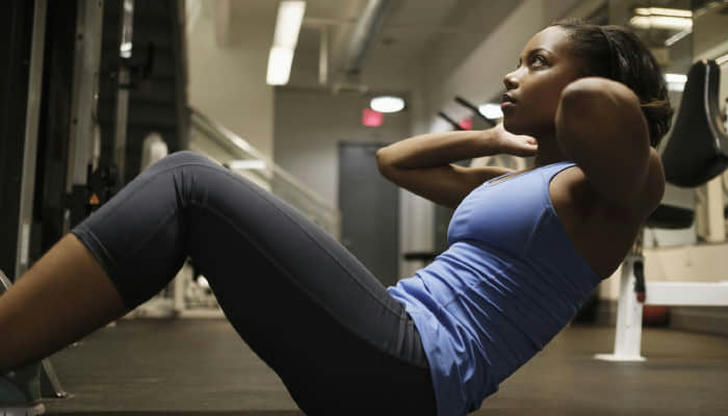
Ever been told, "Do crunches to lose belly fat"? It sounds promising, but unfortunately, it doesn't work that way.
"Spot reduction is a myth," says trainers. "You can't target fat loss in specific areas by exercising them." Fat loss happens uniformly throughout the body, influenced by genetics and overall activity levels.
Instead of focusing on one area, adopt a full-body workout routine that includes both cardio and strength training. Combine this with a fitnessy diet to promote overall fat loss.
Myth 2: Cardio is the Best Way to Lose Weight

It’s a common belief that cardio is the most effective exercise for losing weight.
Trainers agree that while cardio is important, it’s not the only or the most efficient way to lose weight. Strength training builds muscle, which boosts metabolism and helps burn more calories even at rest.
"The best way to lose weight is to combine cardio with strength training. This mix helps you burn calories, build muscle, and improve overall fitness," trainers recommend.
Myth 3: Lifting Weights Makes Women Bulky
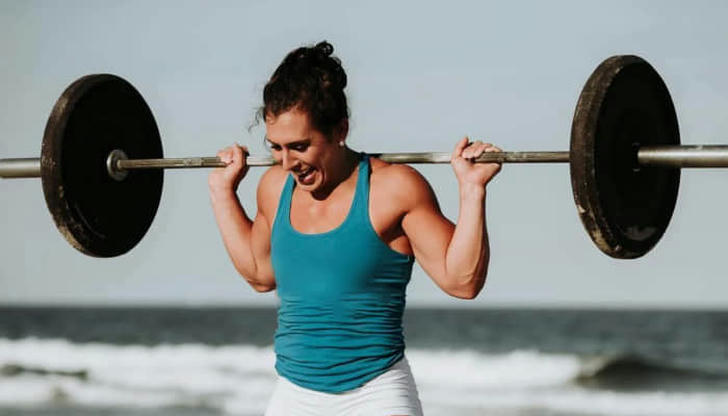
Many women avoid lifting weights out of fear that it will make them look bulky and masculine.
Due to lower levels of testosterone, women don’t bulk up like men do. Instead, lifting weights helps women tone their bodies, increase strength, and improve bone density.
Strength training offers numerous benefits including improved muscle tone, increased metabolic rate, and better overall body composition.
Myth 4: You Need to Work Out Every Day
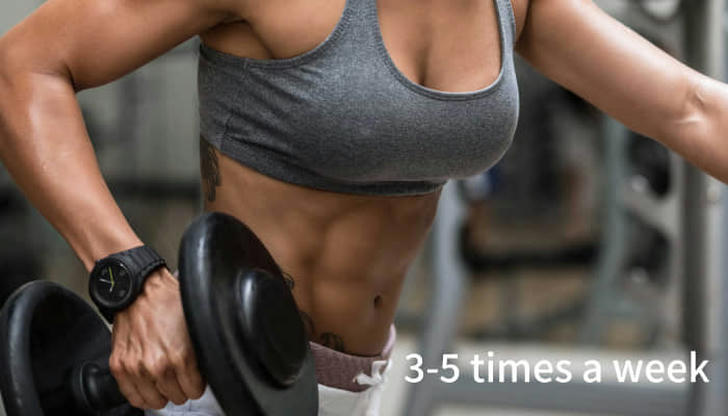
Some believe that to get fit, you need to work out every single day without rest.
"Rest is crucial for muscle recovery and growth," trainers emphasize. "Without it, you risk overtraining, which can lead to injuries and burnout."
Most trainers recommend working out 3-5 times a week with rest days in between. This allows your body to recover and perform better in subsequent workouts.
Myth 5: No Pain, No Gain
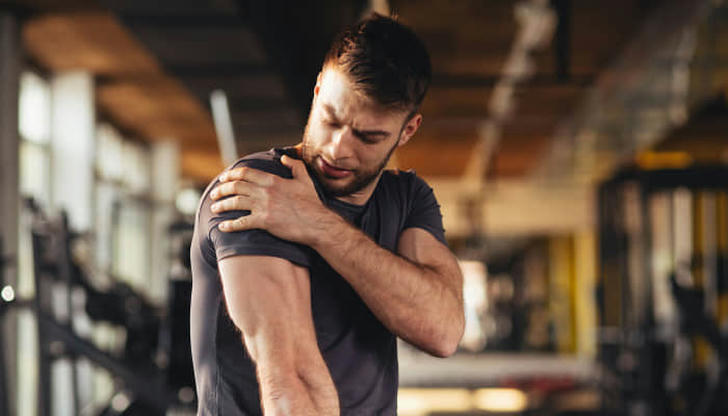
The idea that you need to feel pain during workouts to see results has been popular for a long time.
While some muscle soreness is normal, pain during a workout can be a sign of injury. It’s important to listen to your body and differentiate between the two.
Trainers recommend starting slow and gradually increasing intensity. Proper form and technique are key to avoiding injuries. If you experience sharp or persistent pain, it’s best to stop and consult a professional.
Myth 6: You Can Eat Anything if You Work Out

Some people believe that as long as they exercise, they can eat whatever they want without consequences.
Sure, exercise is important, but it’s only part of the equation. What you eat significantly impacts your fitness results. If you’re eating junk food, you're not fueling your body properly and might not see the progress you want.
Trainers recommend eating a balanced diet rich in whole foods like fruits, vegetables, lean proteins, and whole grains. It’s also important to stay hydrated and limit processed foods and sugary drinks.
Myth 7: More Sweat Equals a Better Workout
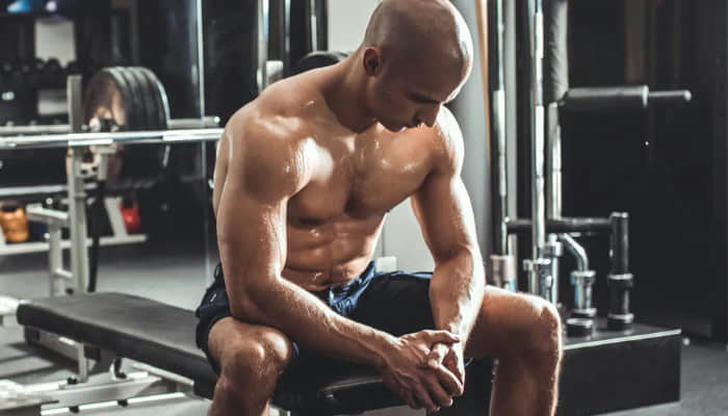
Have you ever finished a workout drenched in sweat and thought, "That was a great workout"? While it feels satisfying, sweat alone doesn't measure workout quality.
Sweat levels vary from person to person and can be influenced by room temperature, humidity, and even how hydrated you are. It’s not a reliable measure of workout intensity.
Trainers advise looking at your progress. Are you lifting heavier weights, running longer distances, or feeling more flexible? These are true signs of an effective workout, not how much you sweat.
Myth 8: Crunches and Sit-ups Are the Best for Abs

Think doing endless crunches will give you a six-pack? Trainers say there’s more to it.
Mix it up! Incorporate planks, leg raises, and mountain climbers to target different parts of your core.
Remember, “Abs are revealed in the kitchen and sculpted in the gym.” Combining core exercises with a fitnessy diet and overall body fat reduction is key to seeing those abs.
Myth 9: You Need Expensive Supplements to See Results
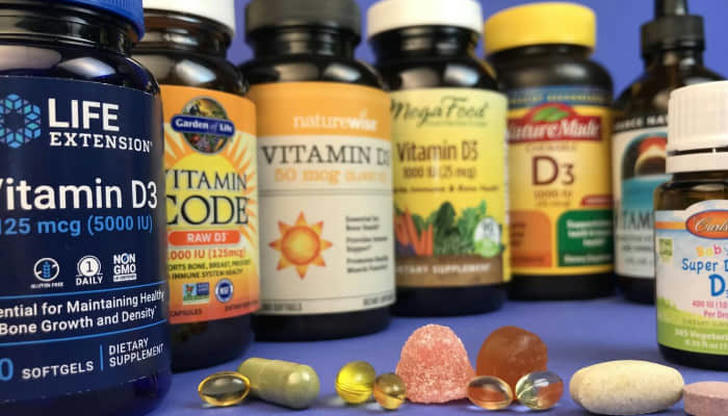
Ever felt like you need to spend a fortune on supplements to get fit? Personal trainers say otherwise.
“Supplements can help, but they’re not a magic bullet,” trainers often explain. Whole foods should be your primary source of nutrition.
Get your protein from chicken, fish, beans, and nuts. Load up on vitamins with a variety of fruits and vegetables. It’s simpler and more effective than relying on supplements.
Myth 10: Stretching Before Exercise Prevents Injury
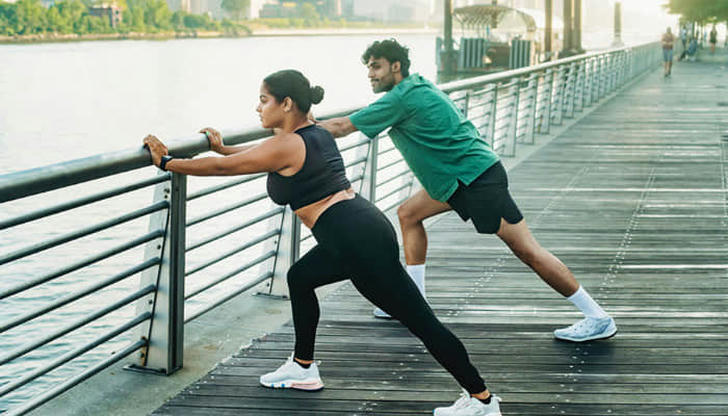
You've probably heard, "Stretch before you exercise to avoid injuries." It’s good advice, but the type of stretching matters.
Static stretching (holding a stretch) before exercise can actually reduce your performance. Dynamic stretching (moving stretches) is much better for warming up.
Before your workout, do dynamic stretches like leg swings and arm circles to get your blood flowing. After your workout, use static stretches to help with flexibility and recovery.

